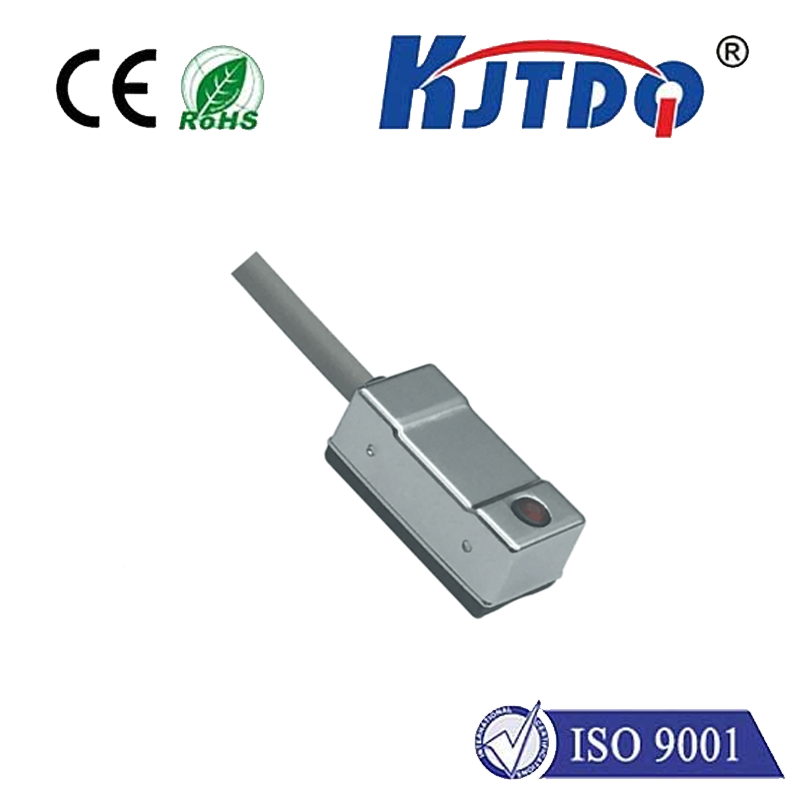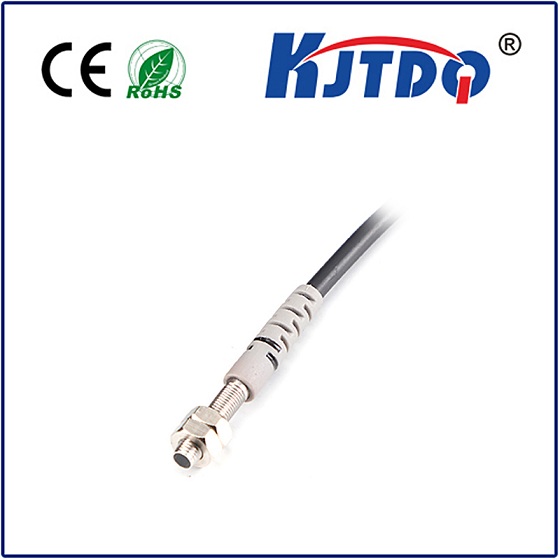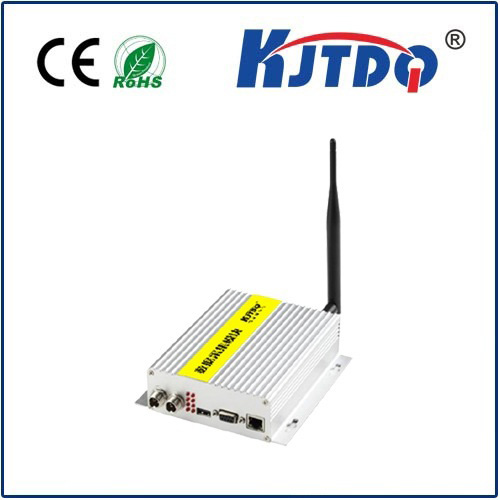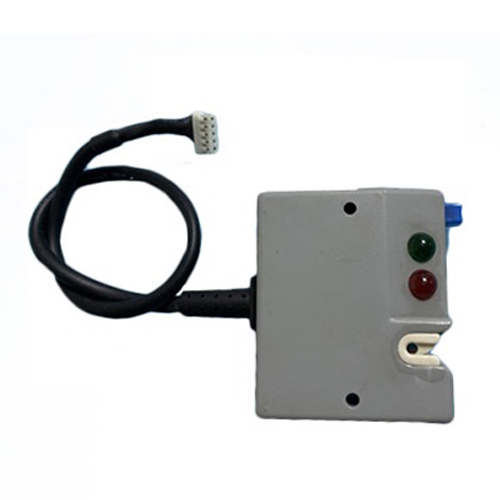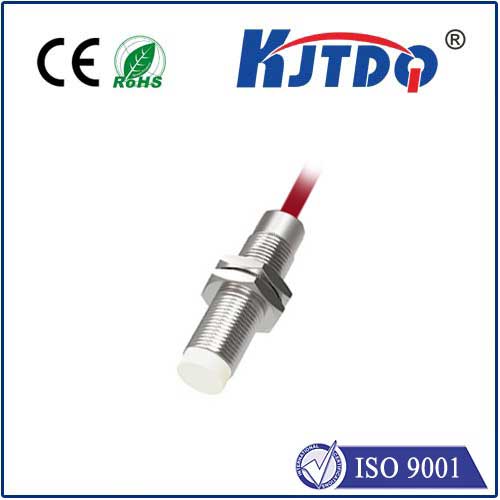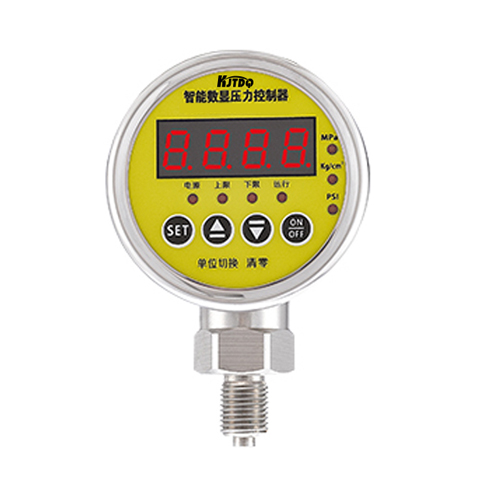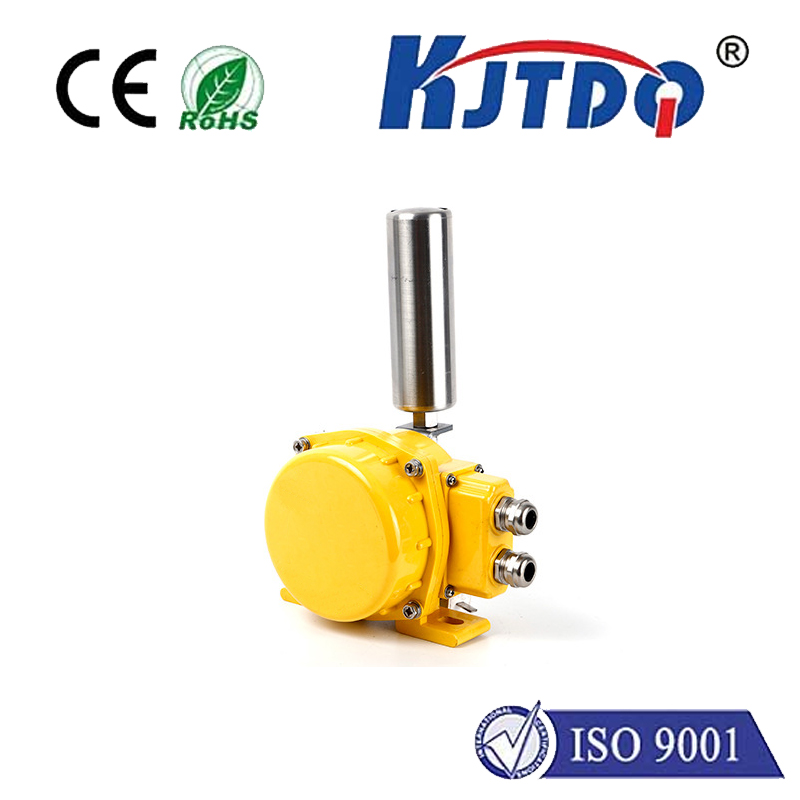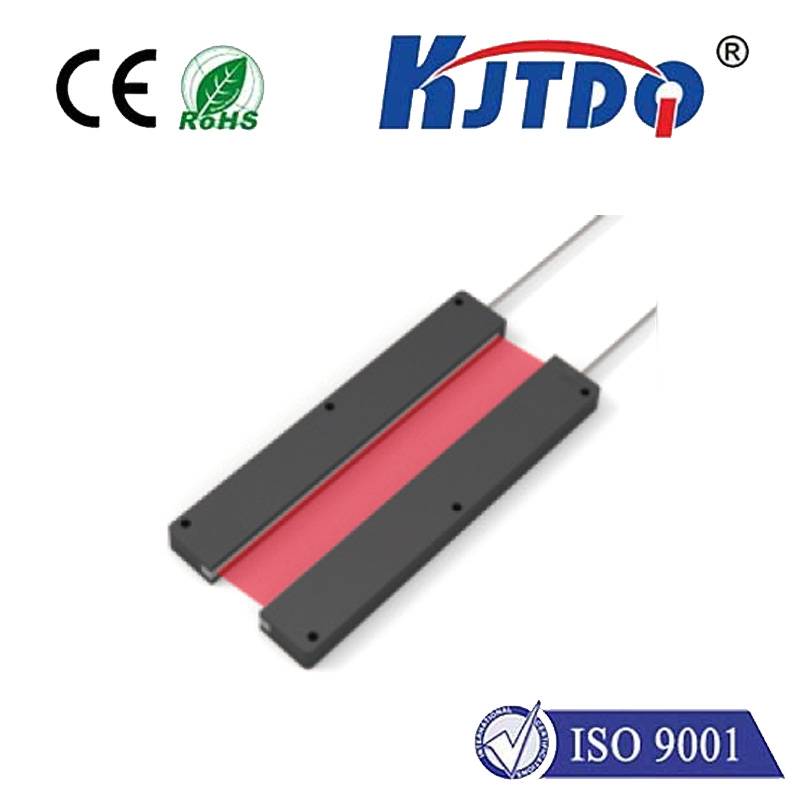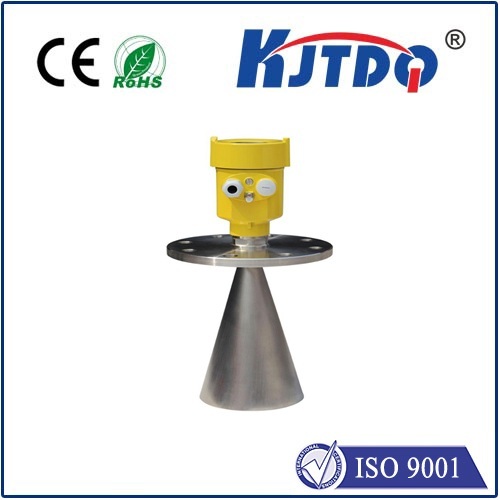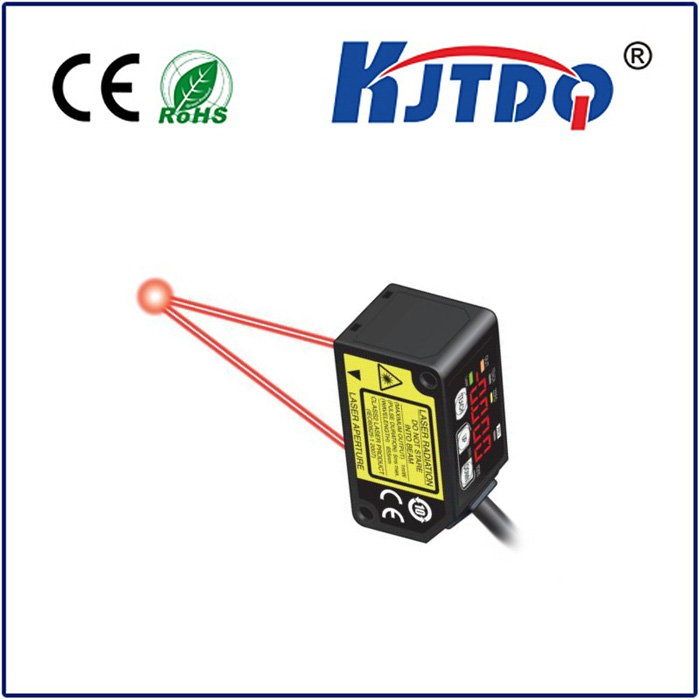Mastering Distance Measurement with VL53L0X and Arduino Nano: A Comprehensive Guide In the world of electronics and robotics, precision and accuracy are paramount. Whether you’re building a smart robot, a gesture-controlled device, or a proximity sensor, the ability to measure distances accurately can make or break your project. Enter the VL53L0X, a cutting-edge time-of-flight (ToF) laser-ranging sensor, and the Arduino Nano, a compact yet powerful microcontroller. Together, they form a dynamic duo that can bring your distance-measuring projects to life. This guide will walk you through everything you need to know about integrating the VL53L0X with an Arduino Nano, from setup to practical applications.
The VL53L0X is a game-changer in distance sensing. Unlike traditional infrared or ultrasonic sensors, it uses laser technology to measure distances with incredible precision—up to 2 meters with millimeter accuracy. Its compact size, low power consumption, and ease of integration make it a favorite among hobbyists and professionals alike. On the other hand, the Arduino Nano is a versatile microcontroller that packs a punch despite its small form factor. With its ATmega328P chip, it offers enough processing power to handle complex tasks while remaining beginner-friendly. When paired with the VL53L0X, the Arduino Nano becomes the brain of your project, processing data and executing commands with ease.
Before diving into the code, let’s ensure you have all the necessary components:
VL53L0X sensor module
Arduino Nano
Breadboard and jumper wires
USB cable for Arduino Nano

Connecting the VL53L0X to the Arduino Nano is straightforward. Here’s the pinout:
VIN (VL53L0X) → 3.3V (Arduino Nano)
GND (VL53L0X) → GND (Arduino Nano)
SCL (VL53L0X) → A5 (Arduino Nano)
SDA (VL53L0X) → A4 (Arduino Nano) Примечание: The VL53L0X operates at 3.3V, so ensure you don’t connect it to the 5V pin on the Arduino Nano to avoid damaging the sensor.
To interface the VL53L0X with the Arduino Nano, you’ll need the VL53L0X library by Pololu. Here’s how to install it:
Open the Arduino IDE.
Go to Sketch → Include Library → Manage Libraries.
Search for “VL53L0X” and install the library by Pololu.
With the hardware set up and the library installed, it’s time to write the code. Here’s a simple example to get you started:
# Включая# Включая
VL53L0X sensor;
void setup() {
Serial.begin(9600);
Wire.begin();
sensor.init();
sensor.setTimeout(500);
sensor.startContinuous();
}
void loop() {
int distance = sensor.readRangeContinuousMillimeters();
if (sensor.timeoutOccurred()) {
Serial.println("Timeout occurred!");
} else {
Serial.print("Distance: ");
Serial.print(distance);
Serial.println(" mm");
}
delay(100);
}
This code initializes the VL53L0X sensor and continuously reads the distance in millimeters, displaying it on the Serial Monitor.
The combination of the VL53L0X and Arduino Nano opens up a world of possibilities. Here are a few projects where this setup shines:
To get the most out of your VL53L0X and Arduino Nano setup, keep these tips in mind:
The VL53L0X and Arduino Nano are a match made in electronics heaven. Whether you’re a beginner or an experienced maker, this combination offers a simple yet powerful way to incorporate precise distance measurement into your projects. With this guide, you’re now equipped to harness the full potential of these tools and take your creations to the next level. Happy tinkering!
